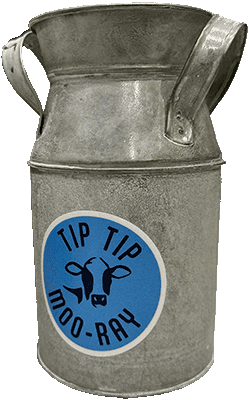Image from Vox, who ran a little panic piece about camel to human transmission over a decade ago.
There is some small amount of panic on social media about camels causing respiratory infection in the United States. I recently discovered this phenomenon by way of snarky comments on the Internet. The disease is called Middle East respiratory syndrome (MERS), because virtually all cases are found in the Middle East – the only place on Earth where highly concentrated camel farms are commonplace.
MERS in the United States
There have been only two reported cases of MERS-CoV infection in the United States, and both were in travelers who arrived from the Arabian Peninsula in May 2014. There is no evidence of camel-to-human transmission of MERS-CoV occurring within the US.
Here’s a summary of MERS cases in the US:
- 2014: 2 cases (both travelers from the Arabian Peninsula)
- No other years: No reported cases of MERS-CoV infection in the US, aside from the two cases in 2014
I know what you’re thinking, the people concerned about this must be total basket cases. President Biden must declare national screen time restrictions on all adults effective immediately.
Raw milk panic is similar
This same sort of thinking is applied to raw milk on the Internet and is used to stoke panic among our most screenaddled population. 22 people are hospitalized by raw milk per year, out of more than 10 million consumers. This is low for food products, with foods like leafy greens presenting a much greater realized risk per consumer. The number of news reports published about raw milk causing illness, which does occur, does not reflect the actual data.
Hypothesized regression to levels of harm resembling the 1800s, in the early industrial era of highly concentrated animal husbandry, simply has not manifested in real life. This is why microbiologists are only one component, among many, in determining whether raw milk is the way to go. Their voices are valid, but not elevated beyond the scope of giving advice. Pushing too hard assists in the destruction of these public institutions.
If the news brought to your attention that a new person had gotten sick every single day of the year, that would 365 cases. It would occupy your mind as a clear and present danger, while virtually all of the millions of raw milk consumers never experienced anything of the sort. Sure, we can agree that pasteurized milk is safer, but that does not mean that raw milk is dangerous.
Through this inflation of danger, anxiety surrounding raw milk takes root in some corners of the Internet and is validated by corporate media. Thankfully, this insanity mostly trickles down to obsessive germaphobes and is mostly ghettoized on the Internet. Skepticism is fairly common, due to the real harms caused in that early industrial era, but actual fear is not popular.
The camels are fine
I found this video fascinating. Not affiliated with the rancher/ creator. He doesn’t sell raw milk, as far as I know, his ranch provides educational tours in Wisconsin. TikTok embeds aren’t working, tap into the fallback link:
Literally who is worried about cameldemics.
Get raw camel milk
There aren’t many sources of raw camel milk in the United States, but there are a few. View the worldwide map of raw camel milk sources.




